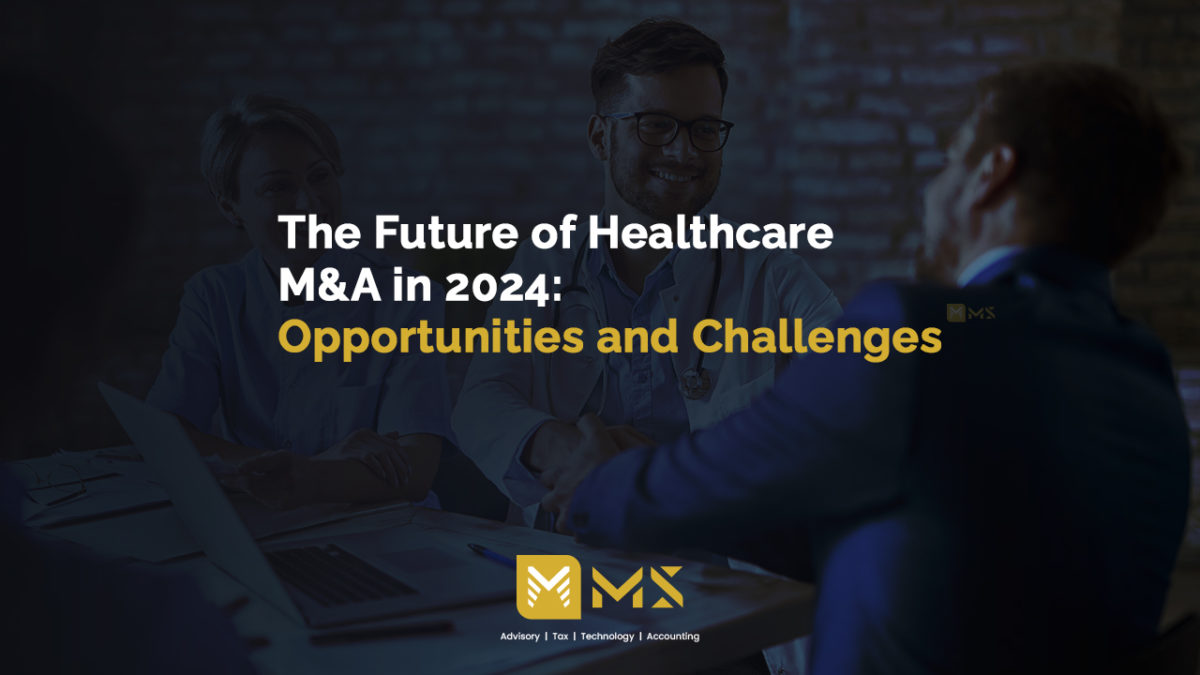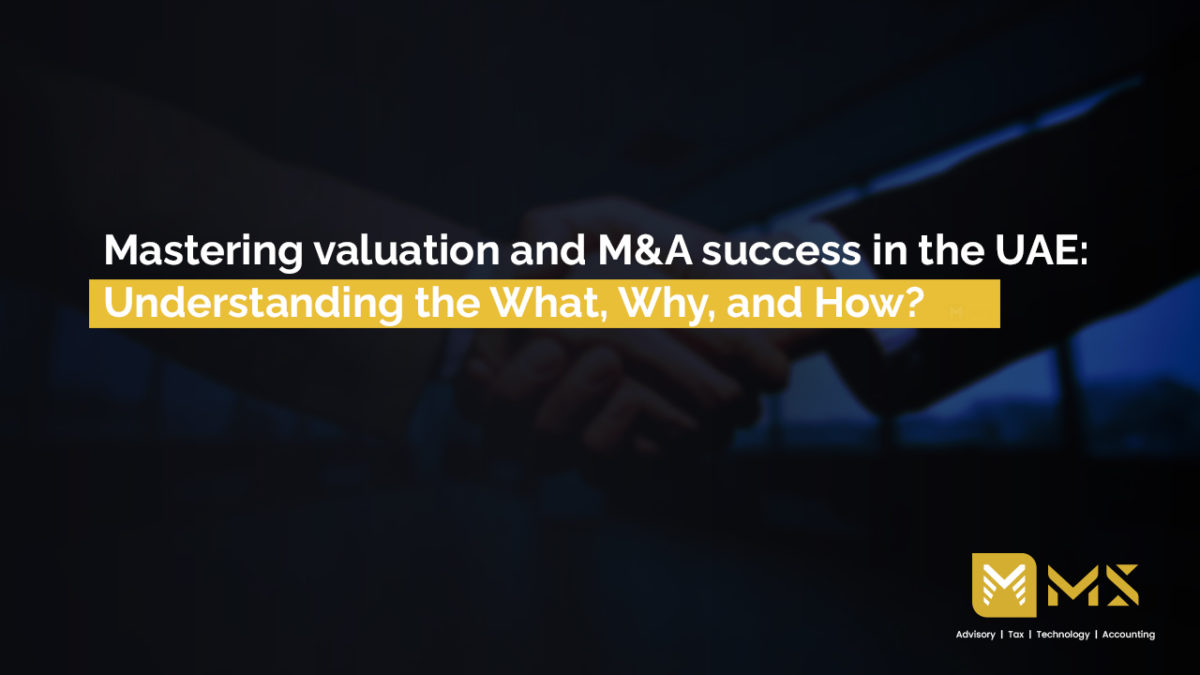Mergers and acquisitions (M&A) activity across the Middle East region is experiencing a surge, due to the growing economic diversification and expansion of non-oil sectors. This momentum is further fuelled by increasing private sector involvement and the vibrant performance of capital markets. Strong economic fundamentals, supportive business regulations, and the government’s broader transformation agenda are all contributing factors increasing the prospects for dealmaking in the region. Moreover, the influence of global megatrends like technological disruption and climate change is evident, prompting investments in areas such as energy transition and digital transformation. In 2024, dealmakers are advised to prioritize the reinvention of business models, concentrate on talent acquisition, and maintain agility in navigating evolving market dynamics.
Among several factors contributing to the successful M&A, efforts put into a thorough due diligence process are vital for the success of a deal this year. A deep and thorough due diligence process can uncover hidden risks, identify growth opportunities, and pave the way for a successful transaction. Investing time and effort into due diligence is an investment in the future success of the deal and in the long-term health of the combined entity.
So, what factors require attention during the due diligence process?
The Importance of Focus in Due Diligence
One of the first areas where due diligence can go astray is the failure to focus on key issues. Time constraints are always a challenge, but rushing through without clarifying the rationale for the deal and sources of expected value can lead to wasted efforts. Here are some key points to consider:
- Clarify the Rationale: Understand why the deal is happening and what value it is expected to bring. This determines the hypotheses to test and prevents wasting time on irrelevant data.
- Use Standardized Processes: Standardize methodologies, formats, and project management tools. This keeps the process focused and ensures a higher level of analysis.
- Share Information: Adequate sharing of information among all diligence teams is crucial. Regular updates help identify deal-breaker issues early and allocate resources effectively.
- Define End Points: Rigorously define when to move on from an issue. Knowing when to report, check off, or investigate further is part of staying focused.
Identifying Opportunities and Risks
Due diligence should not just be an audit; it’s an opportunity to identify new avenues for growth and mitigate risks. Even when a deal seems imminent, there’s still room to delve deeper:
- Stress Test Assumptions: Quickly test management’s key assumptions about the business. This may reveal new growth opportunities or areas for strategic refocus.
- Interview Stakeholders: Talk to the target company’s management, customers, and competitors. This provides a deeper understanding of value drivers, risks, and market dynamics.
- Validate Business Plan: By validating assumptions early, due diligence aids long-term management stewardship.
Allocating Adequate Resources
Without the right people and resources, even the most thorough due diligence process can falter. Here’s how to ensure you have the right team:
- Expertise Matters: Choose team members with the right expertise, including managers from affected functional areas.
- Time Matters: Give the team as much time as possible. Avoid being trapped by artificial deadlines that can compromise the quality of the process.
- Support the Team: Provide the necessary resources—space, equipment, software, staff, and data access—to ensure they can focus on the task.
To enable these actions, it’s important to gather sufficient data during due diligence. Let’s explore the information that needs to be collected in the due diligence process.
Information to gather for thorough Due Diligence
A successful due diligence process requires gathering a range of information to paint a complete picture of the target company:
- Financial Information: Revenue, expenses, profit margins, debt, and cash flow.
- Company Information: Organizational structure, history, culture, and leadership.
- Product Information: Details about products or services, market share, and differentiation.
- Customer Information: Key clients, contracts, and customer satisfaction.
- Employee Information: Workforce size, skills, turnover rates, and culture.
- Legalities: Pending litigation, regulatory compliance, and legal risks.
- Intellectual Property: Patents, trademarks, copyrights, and licensing agreements.
- Physical Assets: Real estate, equipment, and inventory.
- Miscellaneous: Health and safety notices, hazardous substances, new product development plans, and associated risks.
How to enhance your due diligence process?
Fast Navigation: AI-driven tools and sentiment analysis help surface nuanced insights quickly.
Instant Insights: Generative AI tools provide instant insights from expert transcripts and documents.
User-Friendly Interface: Real-time alerts, custom search filters, and timestamped audio make research efficient.
Smart Search: Browse by various parameters to discover nuanced insights for a comprehensive understanding.
Enterprise Intelligence: Secure searches across proprietary internal data and external documents by AI.
MS at every step of the way during your M&A Due diligence
Our team of professionals specializes in comprehensive due diligence services, providing essential insights for informed decision-making. Committed to excellence and with a profound understanding of the unique UAE business environment, MS is a trusted partner, enabling successful M&A transactions by mitigating risks and seizing opportunities. Elevate your business with successful M&A transactions through MS.





